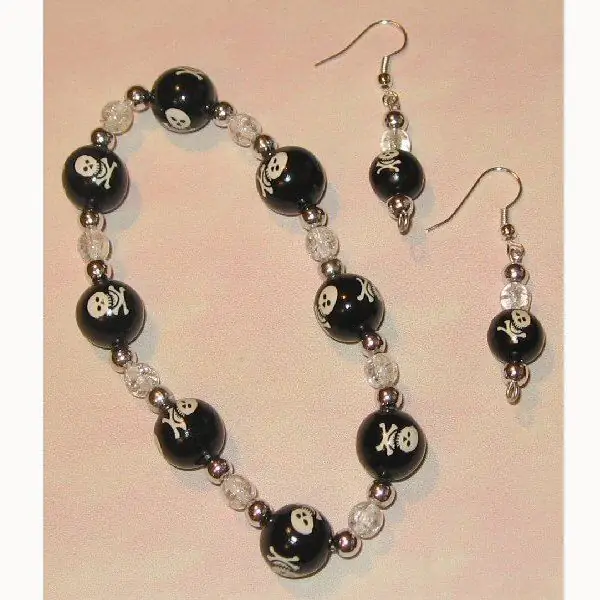Plastic, or polymer clay, has become the favorite material of many needlewomen. Still would. It is easy to mold, gives ample opportunities to translate your ideas, and most importantly, the products can then be used as decorations. True, only baked clay is used for decoration. The general recommendations of the manufacturers basically boil down to the following: “bake at 130 ° C for 30 minutes”. However, there are many subtleties that will help you get exactly what you wanted to see after baking.

Instructions
Step 1
To begin with, general recommendations. Read the packaging carefully and make sure you have the baked clay in front of you. There is no need to bake self-hardening clay. The baking time and temperature are also indicated on the package. Products should be placed in a cold oven and removed after cooling down. You can bake in a regular oven, in a mini-oven, and in an aero grill. There is also a type of clay that can be baked in the microwave. But remember that only some types of clay are suitable for this, on the packaging of which a special icon is indicated.
Step 2
You can buy special thermometers to find out the temperature, although some stoves already have them. If you do not have either one or the other, then you can find the optimal temperature only by experience. After each baking, wash the oven and ventilate the room.
Step 3
It is believed that plastic is toxic and cannot be used with a conventional oven. But this statement is only partly true. The fact is that harmful substances begin to be actively released only from baked plastic. In this case, you need to quickly wash the stove, ventilate the room and throw out all the products that were open in the kitchen.
Step 4
In addition to baking, you can cook plastic. To do this, bring the water in a saucepan to a boil and throw the beads into it. After 25-30 minutes, they are taken out and cleaned of plaque. This method is used to create "sugar beads". To do this, the bead is rolled in sugar, pressing the grains, and then thrown into the water. The sugar dissolves to create a stunningly beautiful surface.
Step 5
Now about the methods of baking. Your main task is to bake the products so that they do not lose their shape. If you have made a flat pendant or bead, then you can bake them in a pan, laying a layer of parchment before this. At the same time, strictly control the uniformity of baking. To prevent the heat from the pan itself from browning the beads, put a wooden board in the pan and lay the parchment on it. If you need to bake round beads, then there are several options. For example, fold the paper like an accordion and lay the beads on top of it. Or string the beads onto a metal knitting needle and support the ends on the sides of the pan so that the beads do not touch the bottom. Another way: stick a toothpick into the bead, and insert it with the other end into a wad of foil. You will get a "hedgehog". The disadvantage of this method is the likelihood of slipping of the bead on a toothpick, followed by deformation of the hole.






